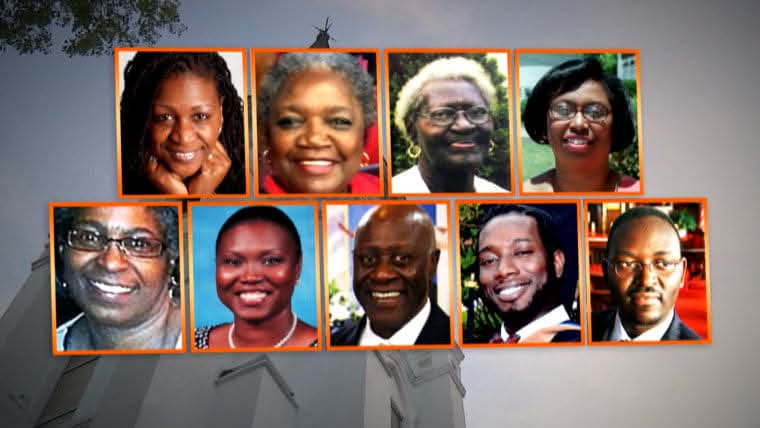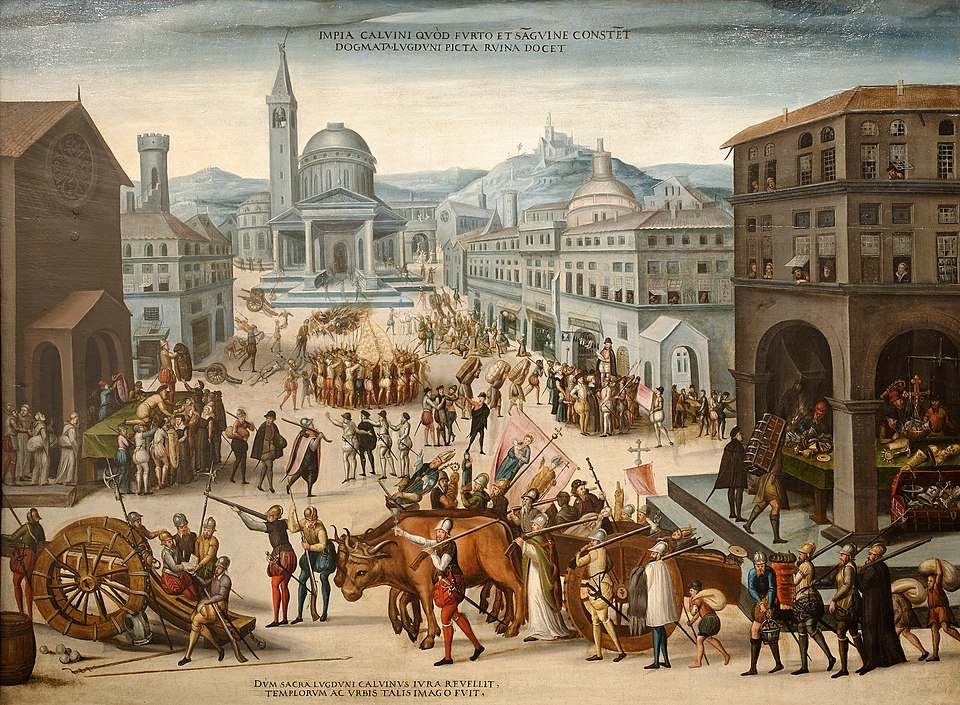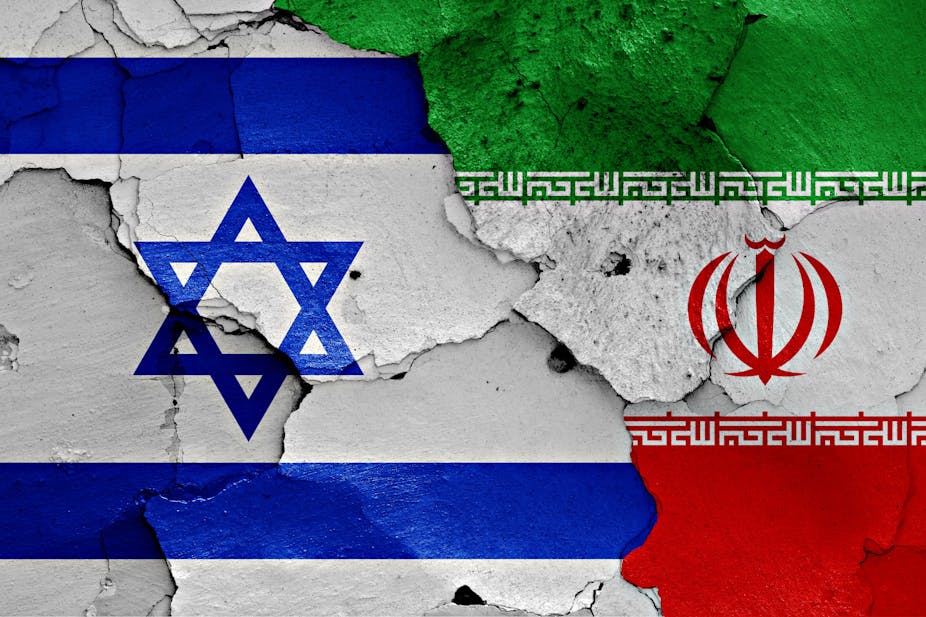NIGERIA: The 36 States and Creation Dates

Did you know that the creation of states in Nigeria began in the year 1967, and that the Federal Capital Territory (FCT) of Nigeria, Abuja, is not a state but is administered by elected officials who are supervised by the Federal Government?
Nigeria is divided into 36 states and a Federal Capital Territory. Each of the 36 states is a semi-autonomous political unit that shares powers with the Federal Government as enumerated under the Constitution of the Federal Republic of Nigeria. Each state is sub-divided into local area councils. There are currently a total of 774 local area councils in Nigeria. Under the Constitution, the 36 states are co-equal but not supreme because sovereignty resides with the Federal Government. The constitution can be amended by the National Assembly, but each amendment must be ratified by two-thirds of the 36 states of the federation.
As at 1960 to 1966, there was no such thing as a ‘State’ in the country. What we had then was the Northern region, Western region, Eastern region, and the Mid-Western region. The creation of states would begin in the year 1967 when Gen. Yakubu Gowon came to power via a coup d’état. On 5 May 1967, Gen. Yakubu dissolved the four regions into twelve states as follows: North-Western state, North-Eastern state, Kano state, North-Central state, Benue-Plateau state, Kwara state, Western state, Lagos state, Mid-Western state, Rivers state, South-Eastern state, and East-Central state.
However, almost a decade later, precisely on 3 February 1976, Gen. Murtala Mohammed would re-create seven (7) states by carving from the existing twelve (12) states that were created by Gen. Gowon. The states created are: Bauchi, Benue, Borno, Imo, Niger, Ogun, and Ondo states, bringing the total number of states in Nigeria to nineteen (19). This will result in the birthing of the Federal Capital Territory, Abuja, from Niger State, as the North West states were divided into Niger and Sokoto. In the same order, the Northern Eastern state was divided into Bauchi, Gongola, and Borno. Benue-Plateau was, however, carved into Plateau and Benue. Also, the Western state was separated into three, which were Ondo, Ogun, and Oyo. The East Central states were separated to form Imo and Anambra states.
Eleven years later, on 23 September 1987, under the military rule of Gen. Ibrahim Babangida, two new states were created: Akwa-Ibom (carved out of Cross River state) and Kastina (carved out of Kaduna state). Owing to the creation of these two states, Nigeria was, therefore, made up of twenty-one (21) states in the year 1987.
On 27 August 1991, Babangida would increase the number of states to thirty (30) by the creation of another nine (9) states to the existing twenty-one (21). Thus the creation of Adamawa state and Taraba state (carved out from Gongola state), Enugu state (carved out from Anambra state), Edo state and Delta state (created out from Bendel state), Yobe state (carved out from Borno state), Jigawa state (carved out from Kano state), Kebbi state (carved out from Sokoto state), and Osun state (carved out from Oyo state).
In 1993 when Gen. Sani Abacha came into power, the agitations for States creation seemed to have doubled. And with the recommendations of the National Constitutional Conference (NCC) on the need to create more states, the dreaded General created six (6) more states on 1st October 1996, to the existing thirty (30) bringing them to thirty-six (36). The newly created states include Ebonyi states (carved out from Abia and Enugu - part), Bayelsa state (carved out from Rivers state), Nasarawa state (carved out from Plateau state), Zamfara state (carved out from Sokoto state), Gombe state (carved out from Bauch state), and Ekiti state (carved out from Ondo state).
Source: Wikipedia.org and pulse.ng



